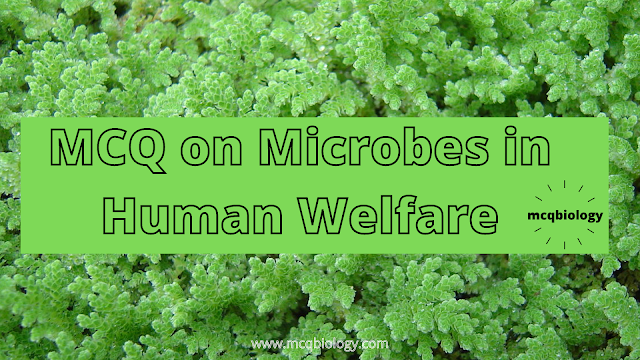1. Which vegetable crops use large amounts of
nitrogen fertilizer?
A) Leaf
B) Root
C) Fruit
D) All of these
2. The following crop is used in
phytoremediation
A) Mustard
B) Wheat
C) Rice
D) Sugarcane
3. Insecticide that remains active in the
environment for the longest period of time
A) Organophosphates
B) Chlorinated hydrocarbons
C) Carbonyles
D) None of these
4. Which among the following is not an
organophosphates pesticide?
A) Parathion
B) Malathion
C) Methyl parathion
D) DDT
5. Tectona grandis shed leaves during
A) Winter
B) Summer
C) Before flowering
D) After fruiting
6.The nucleopolyhedrovirus viruses (NPV) are
widely used as a biopesticide for the control of:
A) Culex larvae
B) Bollworm
C) Aphids
D) Citrus mites
7. Which among the following is a pest of
paddy?
A) Cosmopolites sordidus
B) Rhynchophorus ferrugineus
C) Dicladispa armigera
D) Opisina arenosella
8. An organism used as a biofertilizer for
raising soybean crop is
A) Azotobacter
B) Azospirillum
C) Rhizobium
D) Nostoc.
9. Select the mismatch.
A) Rhodospirillum -Mycorrhiza
B) Anabaena -Nitrogen fixer
C) Rhizobium -Alfalfa
D) Frankia-Alnus
10. A nitrogen-fixing microbe associated with
Azolla in rice fields is
A) Spirulina
B) Anabaena
C) Frankia
D) Tolypothrix.
11. Which one of the following microbes forms
a symbiotic association with plants and helps them in their nutrition?
A) Azotobacter
B) Aspergillus
C) Glomus
D) Trichoderma
12. A prokaryotic autotrophic nitrogen-fixing
symbiont is found in
A) Alnus
B) Cycas
C) Cicer
D) Pisum.
13. Which one of the following helps in the
absorption of phosphorus from the soil by plants?
A) Glomus
B) Rhizobium
C)Frankia
D) Anabaena
14. Which one of the following is not a
biofertilizer?
A) Agrobacterium
B) Rhizobium
C) Nostoc
D) Mycorrhiza
15. The biofertilizers are
A) Anabaena and Azolla
B) Cow dung, manure and farmyard waste
C)quick-growing crop plowed, under the soil
D) Mycorrhiza
Learn more:
Answers:
1. A) Leaf
2. A) Mustard
3. B) Chlorinated hydrocarbons
4. D) DDT
5. B) Summer
6. B) Bollworm
7. C) Dicladispa armigera
8. C) Rhizobium
9. A) Rhodospirillum -Mycorrhiza
10. B) Anabaena
11. C) Glomus
12. B) Cycas
13. A) Glomus
14.A Agrobacterium
15. A) Anabaena and Azolla
